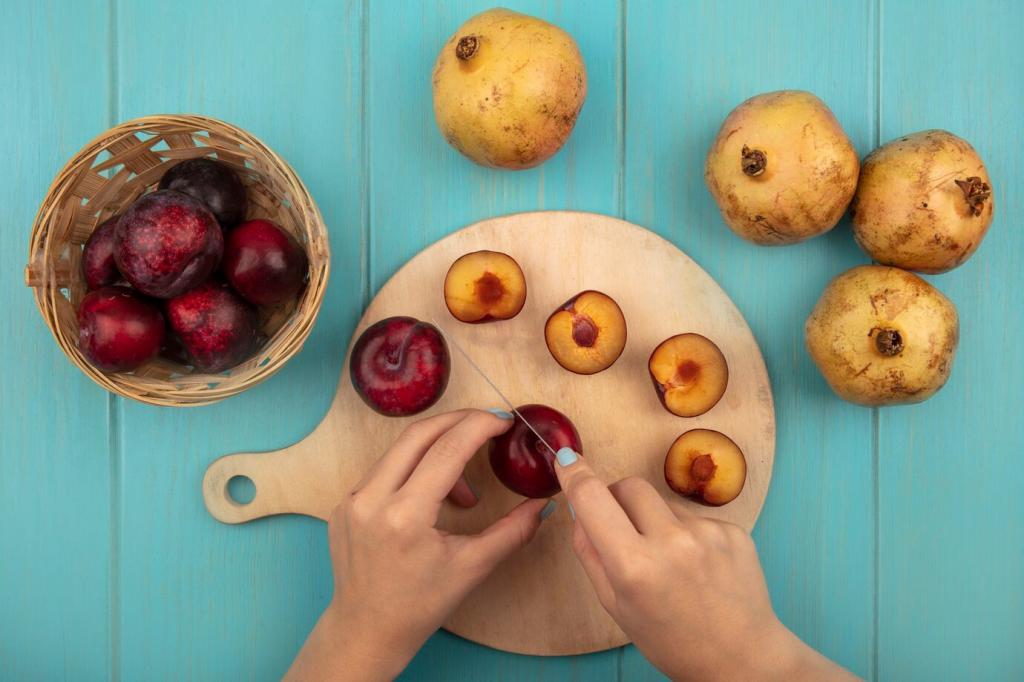
Exploring Aromatics: Wine and Craft Beer Flavor Profiles
Chosen theme: Exploring Aromatics: Wine and Craft Beer Flavor Profiles. Breathe in a world where grapes and grains tell stories through scent—crisp citrus, orchard blossoms, warm spice, roasted malt. Let’s decode the chemistry, hone our senses, and share discoveries together.
The Chemistry Behind Aroma
Esters form when alcohols meet acids during fermentation, delivering notes like banana, pear drop, and strawberry. Think hefeweizen’s banana-like isoamyl acetate or young Beaujolais’ candy-bright pear and bubblegum, both shaped by yeast choice and temperature.
The Chemistry Behind Aroma
In Sauvignon Blanc and hop-forward IPAs, terpenes such as linalool and geraniol bring citrus and blossom, while thiols like 3MH and 3MHA shout passionfruit and gooseberry. Biotransformation during fermentation can magnify these aromatics into radiant intensity.

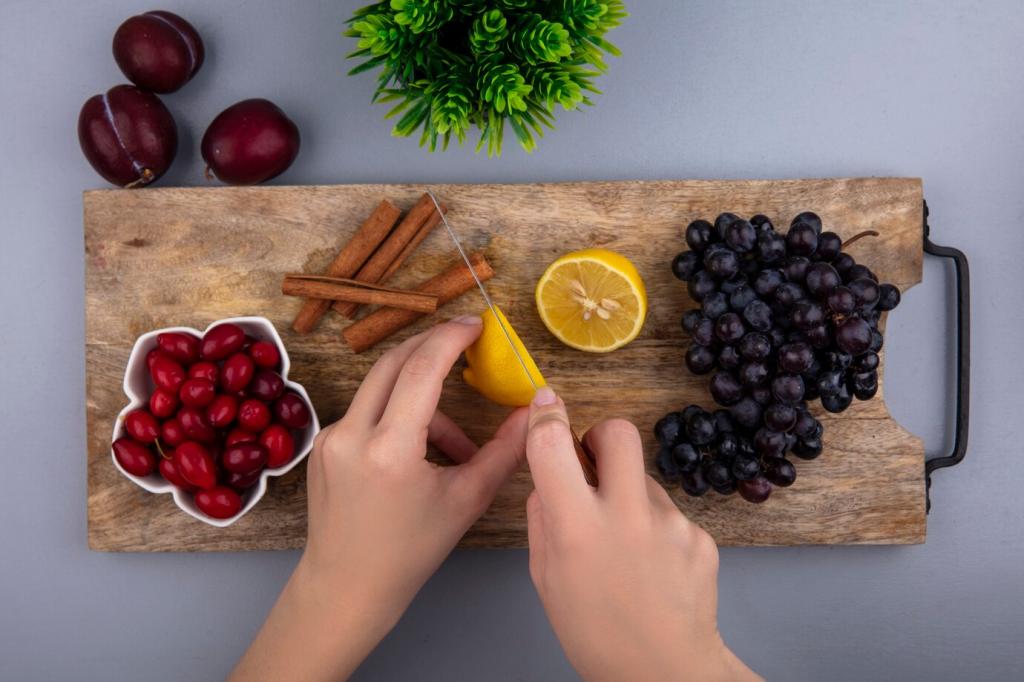
Glassware and Temperature: Unlocking Volatiles
Aromatic whites benefit from narrower bowls that concentrate delicate citrus and floral notes, while Burgundy stems cradle Pinot’s earthy perfume. Generous headspace lets volatiles collect, and a gentle swirl refreshes aromas without splashing away fragile complexity.
Glassware and Temperature: Unlocking Volatiles
The tulip supports foam and channels hop oils, the snifter corrals boozy esters in barrel-aged stouts, and the Teku highlights nuance across styles. Proper curves amplify aroma release, transforming each sip into a fuller sensory conversation.

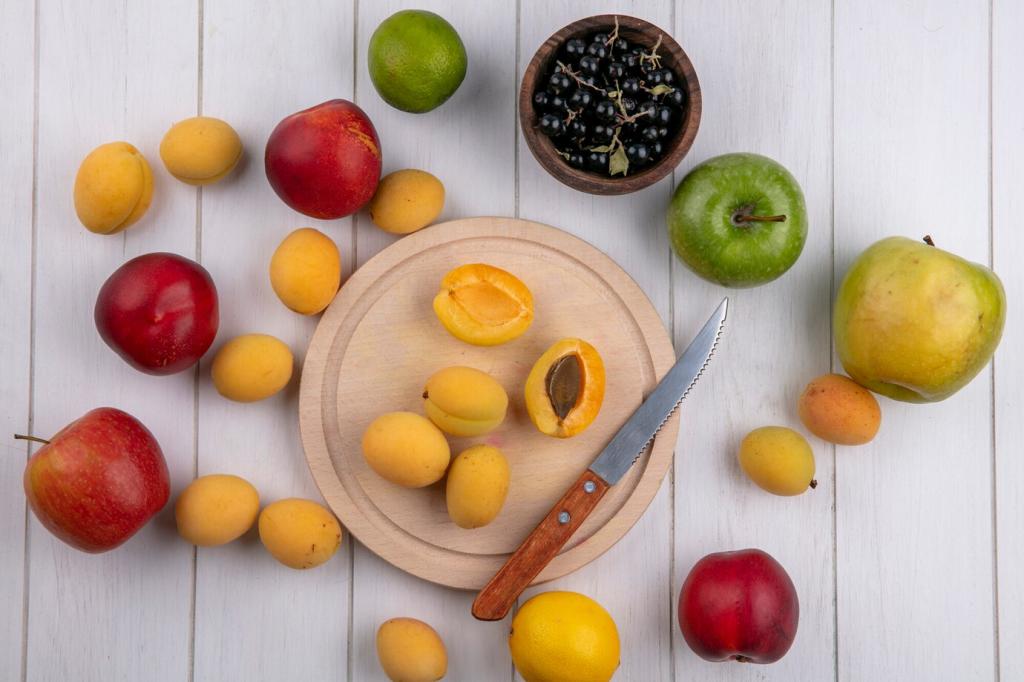
Ingredients and Origins: Terroir and Craft
01
Grapes and Terroir: From Soil to Bouquet
Cool-climate Riesling often bursts with lime and slate, while warm-climate Syrah leans into blackberry, pepper, and sun-baked herbs. Soil, elevation, and canopy decisions steer aromatic ripeness, preserving lift or inviting deeper, darker, more savory perfume.
02
Hops and Essential Oils: Variety Matters
Citra and Mosaic explode with mango, grapefruit, and pine; Saaz whispers herbal spice; Nelson Sauvin suggests gooseberry and white wine. Myrcene, humulene, and linalool proportions differ by variety, while dry-hopping schedules tune intensity and aromatic freshness.
03
Malt, Yeast, and Process: Layers of Aroma
Kilned malts bring biscuit and toffee, roasted malts deliver cocoa and coffee. Yeast strains craft spice or fruit, and fermentation temperature fine-tunes ester output. Processes like decoction or barrel aging add caramelized depth, vanilla, and gentle toast.
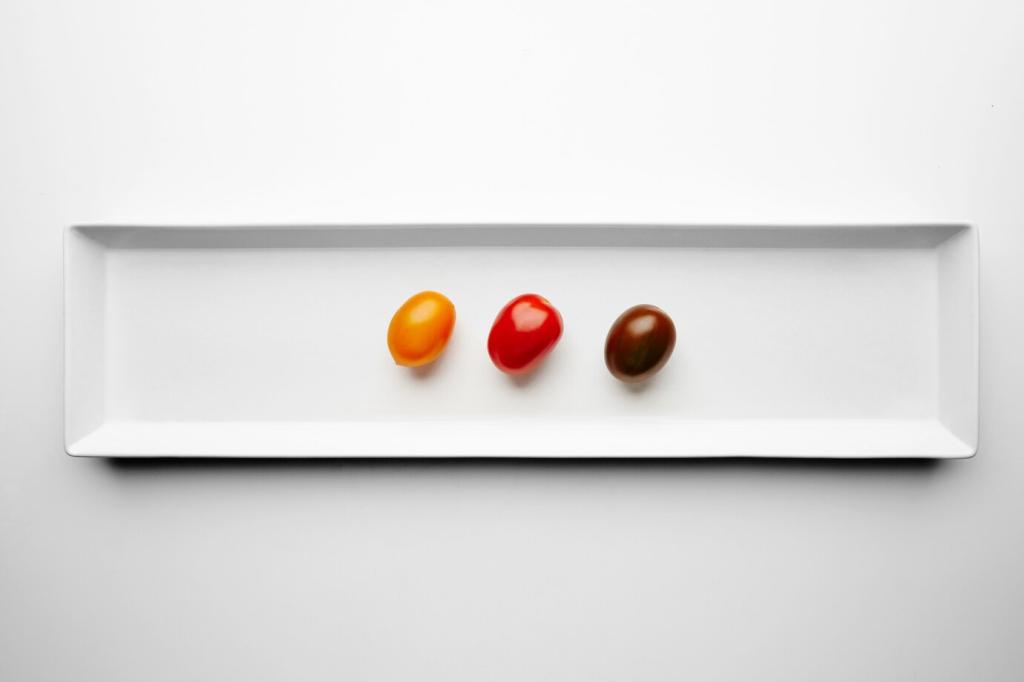

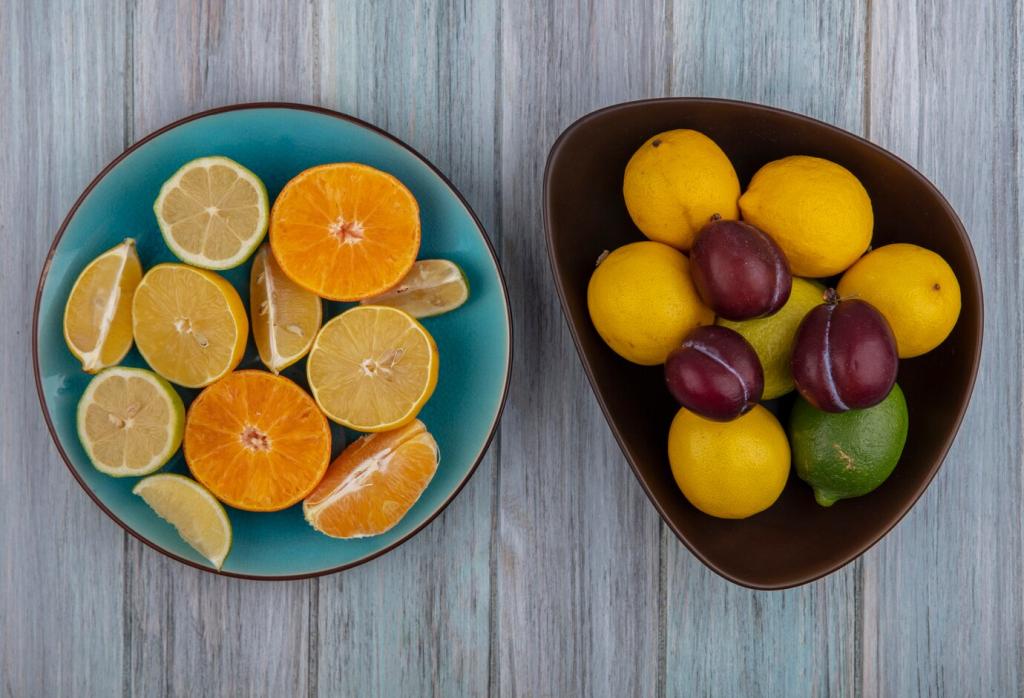
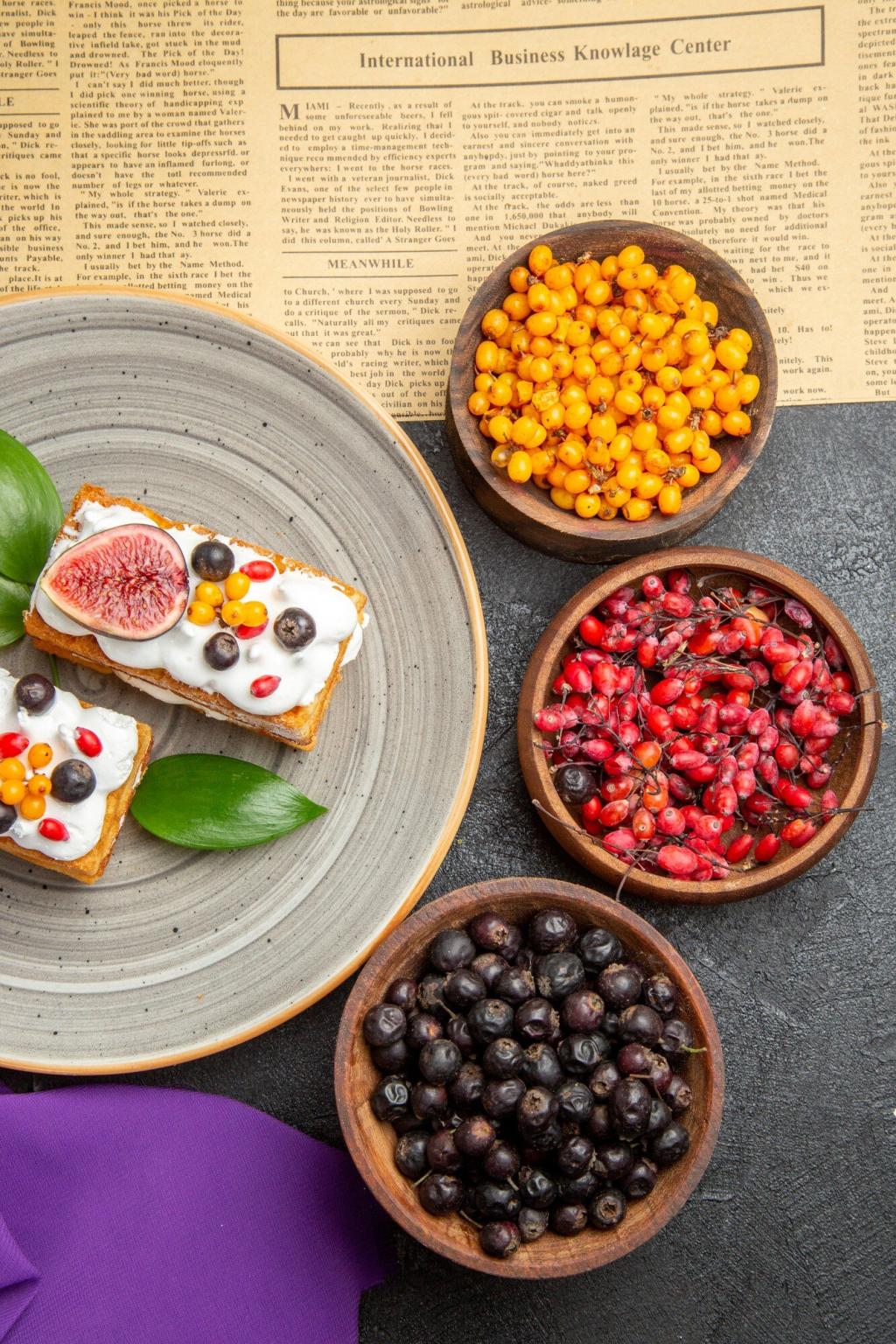
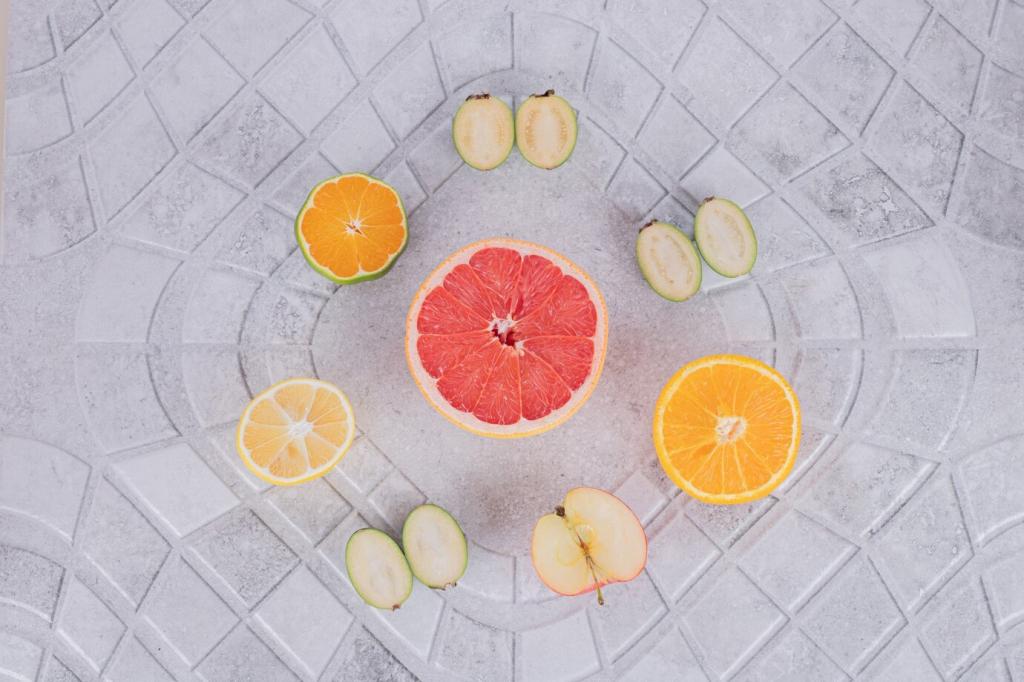
Training Your Nose: Practical Exercises
Gather grapefruit peel, basil, clove, vanilla, coffee, cocoa, honey, and peppercorns. Sniff individually, then in pairs, noting synergy and contrast. Revisit weekly to lock memories, then test against wines and beers that feature similar notes.
Training Your Nose: Practical Exercises
Take short, gentle sniffs rather than long inhales. Step away for fresh air when aromas blur. Hydrate, cleanse with plain crackers, and avoid heavy perfume. A rested nose detects nuance that a rushed session would miss.
Try ceviche with a citrus-forward IPA or Sauvignon Blanc to echo lime and herbs. Match smoked chicken with lightly oaked Chardonnay or rauchbier for spice and toast. Use contrast—sweetness against heat—to balance fiery dishes gracefully.
Food Pairing by Aroma Bridges
Deglaze mushrooms with Pinot Noir to magnify foresty notes, or braise short ribs in stout for cocoa and coffee depth. Hop-infused butter brightens grilled shrimp, echoing lemon zest and basil in the glass beside it.
